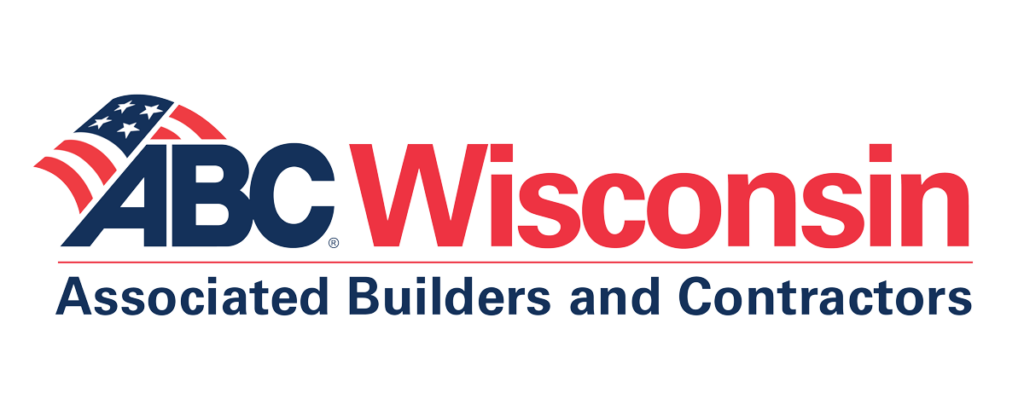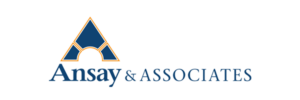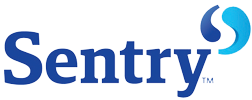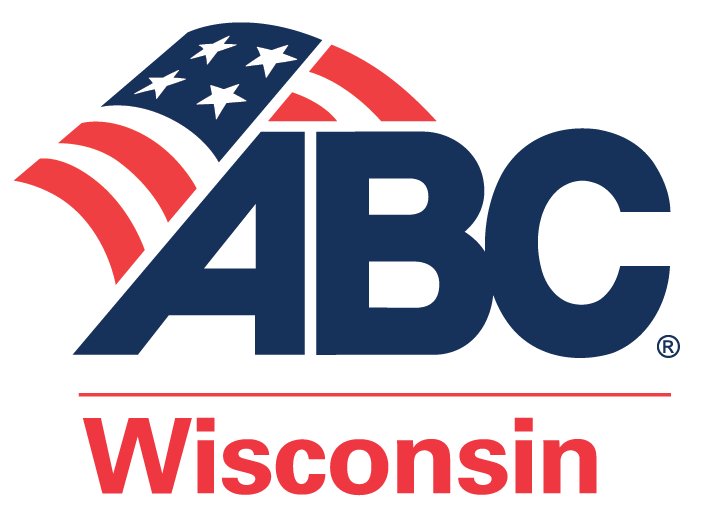WASHINGTON, D.C. – Following President Donald Trump’s signing of the historic Coronavirus Aid, Relief, and Economic Security (CARES) Act, Small Business Administration Administrator Jovita Carranza and Treasury Secretary Steven T. Mnuchin announced that the SBA and Treasury Department have initiated a robust mobilization effort of banks and other lending institutions to provide small businesses with the capital they need.
The CARES Act establishes a new $349 billion Paycheck Protection Program. The Program will provide much-needed relief to millions of small businesses so they can sustain their businesses and keep their workers employed.
Additional important information for small business borrowers can be found here, and importantly, application for borrowers can be found here.
“This legislation provides small business job retention loans to provide eight weeks of payroll and certain overhead to keep workers employed,” said Secretary Mnuchin. “Treasury and the Small Business Administration expect to have this program up and running by April 3 so that businesses can go to a participating SBA 7(a) lender, bank, or credit union, apply for a loan, and be approved on the same day. The loans will be forgiven as long as the funds are used to keep employees on the payroll and for certain other expenses.”
“This unprecedented public-private partnership is going to assist small businesses with accessing capital quickly. Our goal is to position lenders as the single point-of-contact for small businesses – the application, loan processing, and disbursement of funds will all be administered at the community level,” said Administrator Carranza. “Speed is the operative word; applications for the emergency capital can begin as early as this week, with lenders using their own systems and processes to make these loans. We remain committed to supporting our nation’s more than 30 million small businesses and their employees, so that they can continue to be the fuel for our nation’s economic engine.”
The new loan program will help small businesses with their payroll and other business operating expenses. It will provide critical capital to businesses without collateral requirements, personal guarantees, or SBA fees – all with a 100% guarantee from SBA. All loan payments will be deferred for six months. Most importantly, the SBA will forgive the portion of the loan proceeds that are used to cover the first eight weeks of payroll costs, rent, utilities, and mortgage interest.
The Paycheck Protection Program is specifically designed to help small businesses keep their workforce employed. Visit SBA.gov for more information on the Paycheck Protection Program.
The new loan program will be available retroactive from Feb. 15, 2020, so employers can rehire their recently laid-off employees through June 30, 2020.
Loan Terms & Conditions
Eligible businesses: All businesses, including non-profits, Veterans organizations, Tribal concerns, sole proprietorships, self-employed individuals, and independent contractors, with 500 or fewer employees, or no greater than the number of employees set by the SBA as the size standard for certain industries
Maximum loan amount up to $10 million.
Loan forgiveness if proceeds used for payroll costs and other designated business operating expenses in the eight weeks following the date of loan origination (due to likely high subscription, it is anticipated that not more than 25% of the forgiven amount may be for non-payroll costs)
All loans under this program will have the following identical features:
- Interest rate of 0.5%
- Maturity of 2 years
- First payment deferred for six months
- 100% guarantee by SBA
- No collateral
- No personal guarantees
- No borrower or lender fees payable to SBA
Visit treasury.gov/cares for more information on SBA’s assistance to small businesses.











